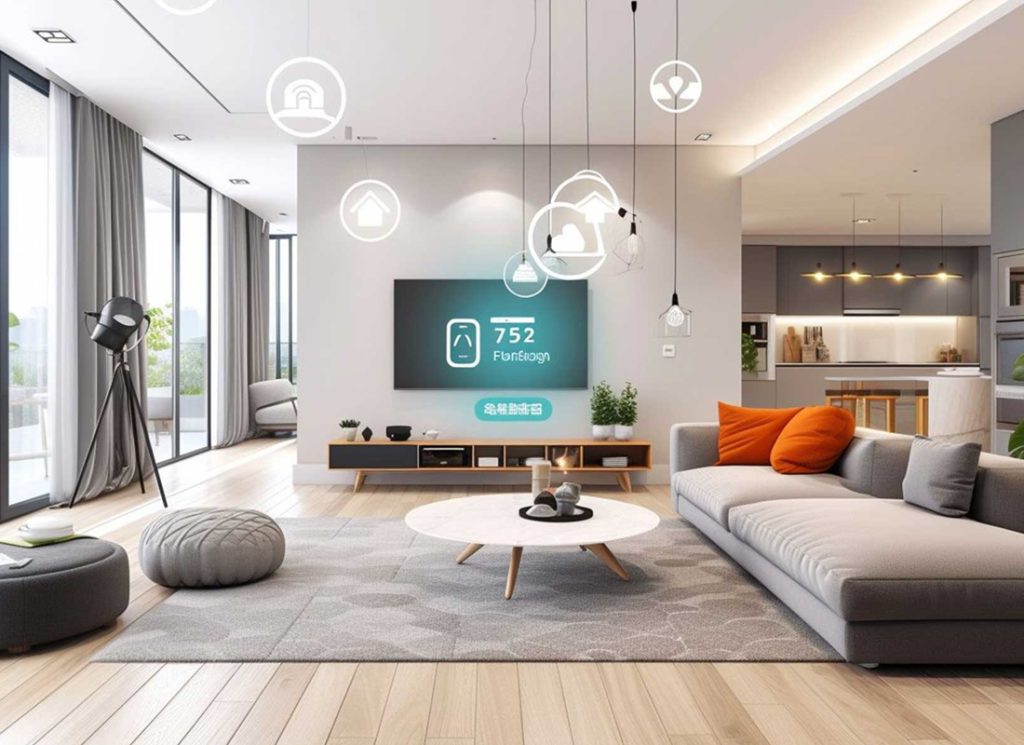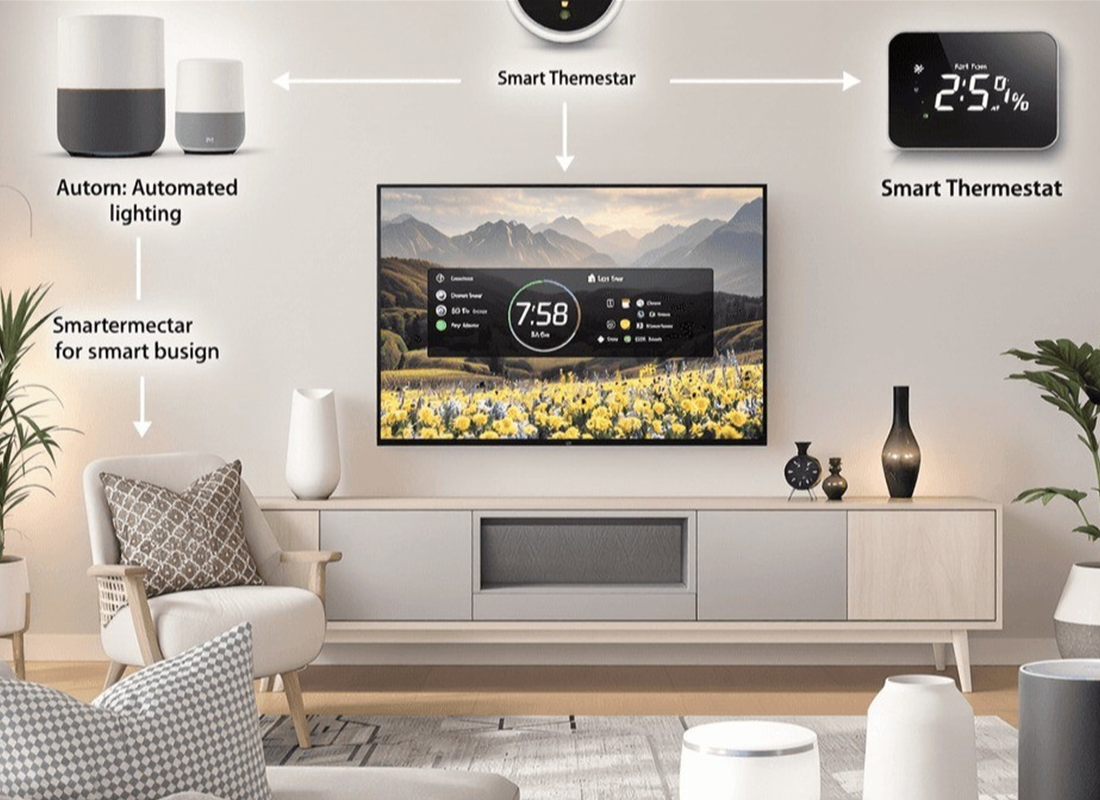Smart appliances equipped with automation capabilities can learn from users’ behaviors and adapt accordingly. For example, a smart thermostat can analyze temperature preferences throughout the day and adjust heating or cooling settings automatically. This not only ensures a comfortable living environment but also optimizes energy consumption, leading to cost savings on utility bills. The ability to set schedules or let devices learn habits means that users can enjoy a home that responds to their needs without constant manual adjustments.
In the kitchen, automation can transform cooking and food management. Smart ovens can be programmed to start cooking at a specific time, allowing users to prepare meals without being physically present. Additionally, smart refrigerators can track food inventory and suggest recipes based on available ingredients. This level of automation not only enhances convenience but also encourages healthier eating habits by making meal planning easier and more efficient.
Another area where automation shines is in home security. Smart security systems can automate tasks such as locking doors, turning on lights, and monitoring surveillance cameras. Users can set these systems to operate on a schedule, ensuring their homes are secure even when they are away. Some systems can even send alerts to homeowners if unusual activity is detected, providing peace of mind and enhancing safety.

Furthermore, automation can significantly improve household chores. Smart vacuum cleaners can be programmed to clean floors at specific times, allowing users to enjoy a clean home without dedicating time to the task. These devices can navigate around furniture and even return to their charging stations autonomously. This capability not only saves time but also allows homeowners to focus on other important activities, knowing that their cleaning needs are taken care of.
The integration of voice assistants into smart home ecosystems further amplifies the benefits of automation. Users can issue voice commands to control multiple devices simultaneously, making it easier to manage home environments. For instance, a simple voice command can turn off all lights, adjust the thermostat, and lock the doors, creating a seamless transition from an active day to a relaxing evening.
To fully leverage the advantages of automation in smart appliances, it is essential to invest time in setting up and customizing devices according to individual preferences. Users should explore the various features available in their appliances and take advantage of scheduling options, learning modes, and integration with other smart devices. By doing so, they can create a cohesive automated system that enhances their daily routines.
As technology continues to evolve, the potential for automation in smart appliances will only expand. Embracing this innovation allows homeowners to enjoy a lifestyle characterized by convenience and efficiency, transforming everyday tasks into effortless experiences. The future of home automation is bright, offering endless possibilities for enhancing the quality of life.

